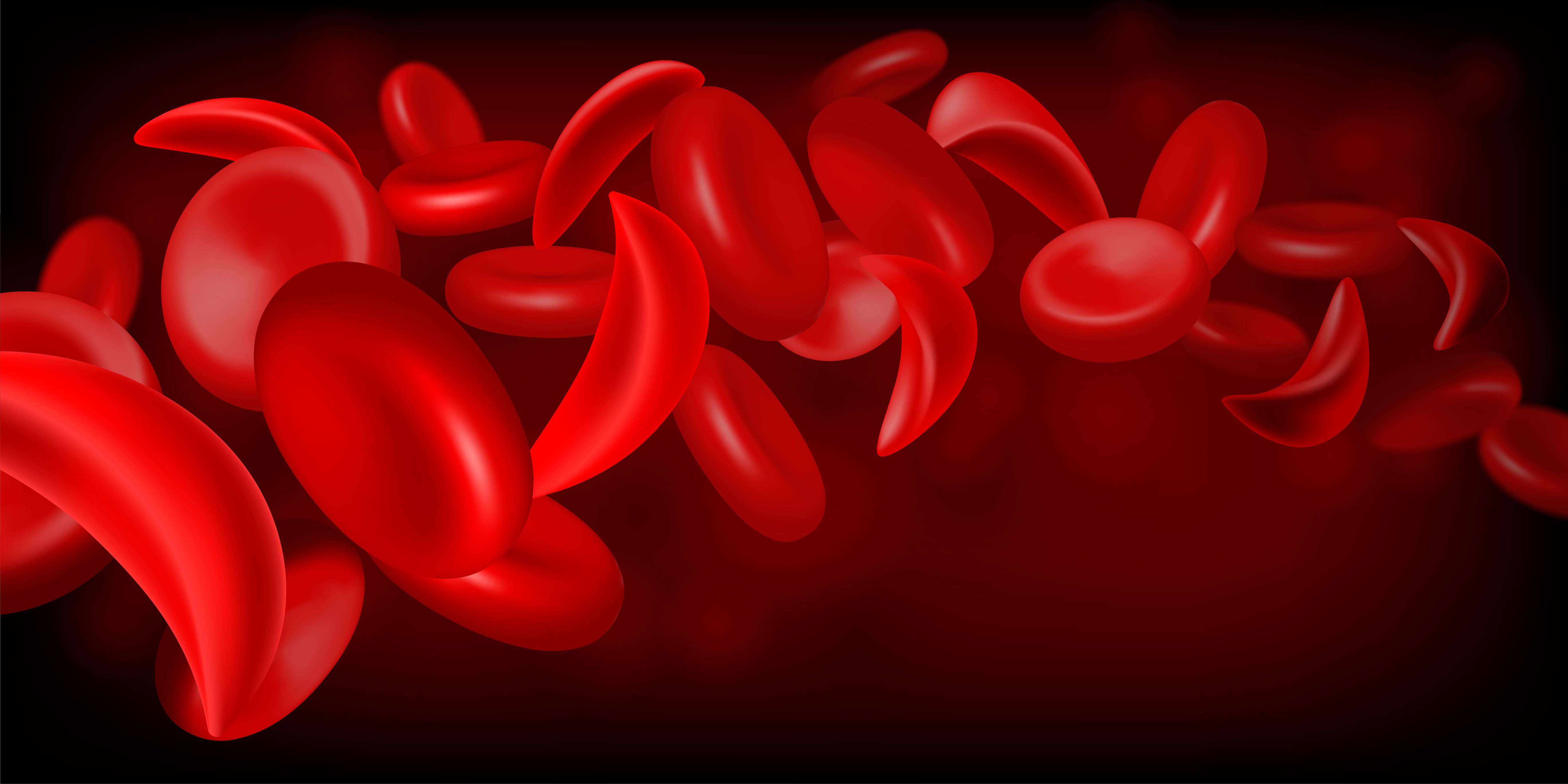Highest Cost Sickle Cell Patients Spend an Average of Nearly $200,000 a Year on Medicaid
The average sickle cell disease patient on Medicare paid $22,600 for care in 2021.
sickle cell © tassel78 - stock.adobe.com

Sickle cell disease (SDC) is a group of inherited, debilitating blood disorders that commonly lead to frequent infections, bone fractures and often premature death. The condition changes the shape of the protein in red blood cells, making it difficult for blood to flow, and therefore cutting off circulation to parts of the body. In the United States, approximately 100,000 individuals have SDC, most (87%) of whom are Black people. According to a new study published in Oxford Academic Worldwide.
Due to its chronic nature, sickle cell is also associated with high medical costs. In Dec. 2023, the FDA approved two cell-based gene therapies for the treatment of SDC, which cost $2.2 and $3.1 million. Before this advancement, patients relied on blood transfusions and stem cell transplants.
To figure out the costliest patients and therefore the ones these new treatments might be most appropriate for, a team led by Junelle Speller, MBA, senior vice president of Health Care Strategy at NORC at the University of Chicago, analyzed 2021 Medicaid enrollment and claims data from 52,524 enrollees using the Transformed Medicaid Statistical Information System (T-MSIS). The findings were published in Oxford Academic earlier this month.
They found that in 2021, the average yearly cost of care for a SCD patient on Medicaid was $22,600. That is more than double the spend of a full-benefit Medicaid enrollee ($9,175).
However, the care for the top 5% most expensive patients cost, on average, $200,000 a year. Patients in this cohort had more than nine inpatient stays and 25 emergency room visits in 2021.
“Sickle cell disease gene therapies have the potential to meaningfully improve the lives of Medicaid enrollees with SCD while reducing their utilization of health care services,” the authors write. “Further, curing SCD, particularly in its more severe forms, is likely to result in substantial nonfinancial benefits to enrollees, including improved quality of life and the ability to participate in more consistent employment.”
Conversations With Perry and Friends
April 14th 2025Perry Cohen, Pharm.D., a longtime member of the Managed Healthcare Executive editorial advisory board, is host of the Conversations with Perry and Friends podcast. His guest this episode is John Baackes, the former CEO of L.A. Care Health Plan.
Listen
Why Better Data and Awareness Matters for Medicaid Work Requirements
April 17th 2025With policymakers considering work requirements for Medicaid eligibility, Jennifer Haley, principal research associate in the Health Policy Division at the Urban Institute, said it’s more important than ever to understand how those changes could unintentionally cause harm, particularly when data systems fall short and public awareness is limited.
Read More
Breaking Down Health Plans, HSAs, AI With Paul Fronstin of EBRI
November 19th 2024Featured in this latest episode of Tuning In to the C-Suite podcast is Paul Fronstin, director of health benefits research at EBRI, who shed light on the evolving landscape of health benefits with editors of Managed Healthcare Executive.
Listen
Medicaid Expansion Linked To Timelier Lung Cancer Surgery and Access to High-Volume Hospitals
April 17th 2025New research shows that Medicaid expansion was linked to a 2.1% increase in timely lung cancer surgeries and a 2.8% rise in procedures at high-volume hospitals, highlighting how policy changes can impact cancer care access.
Read More